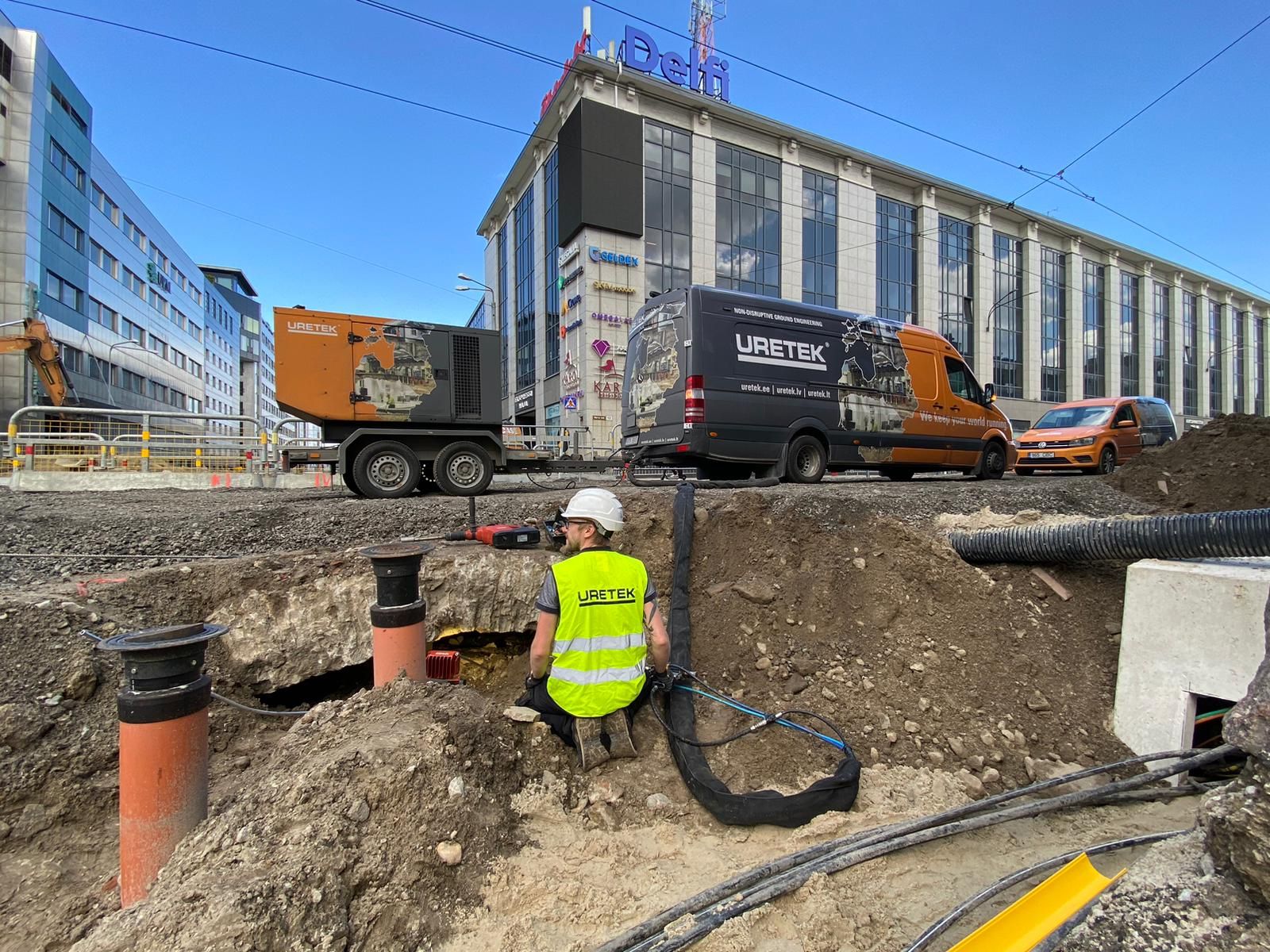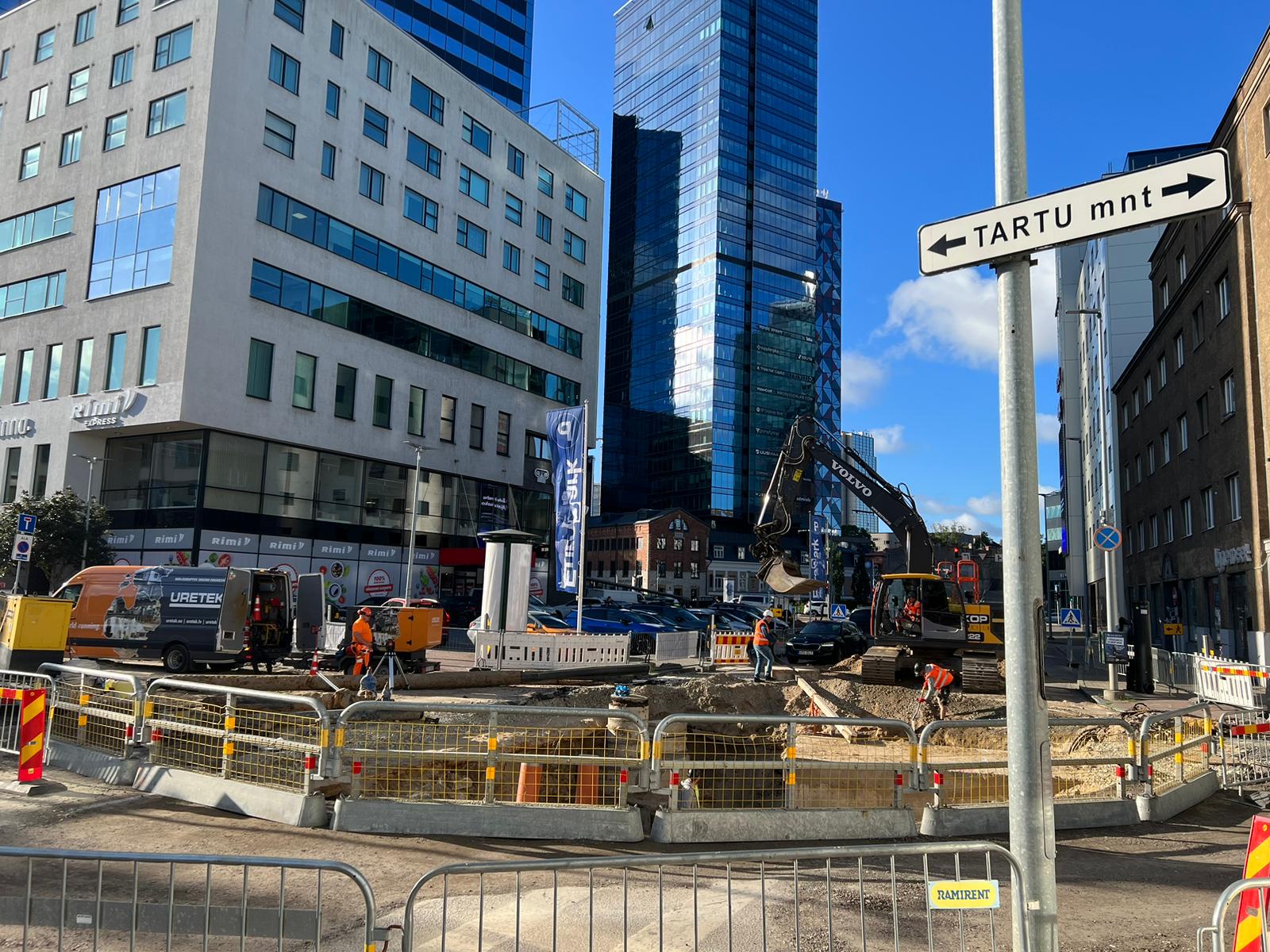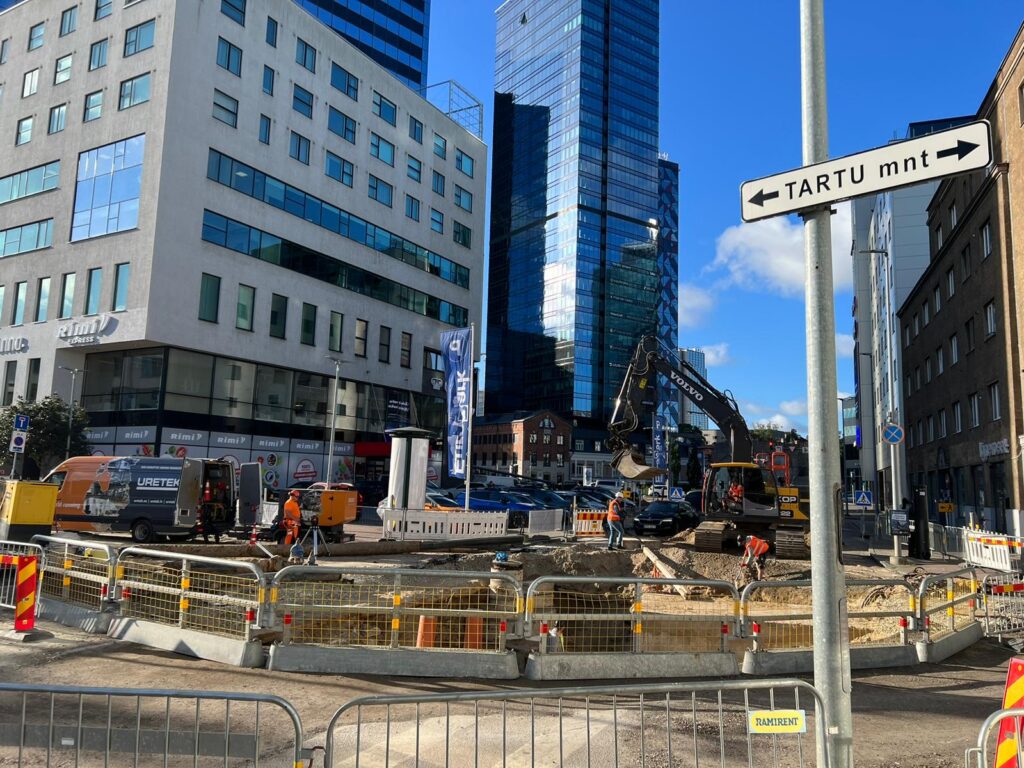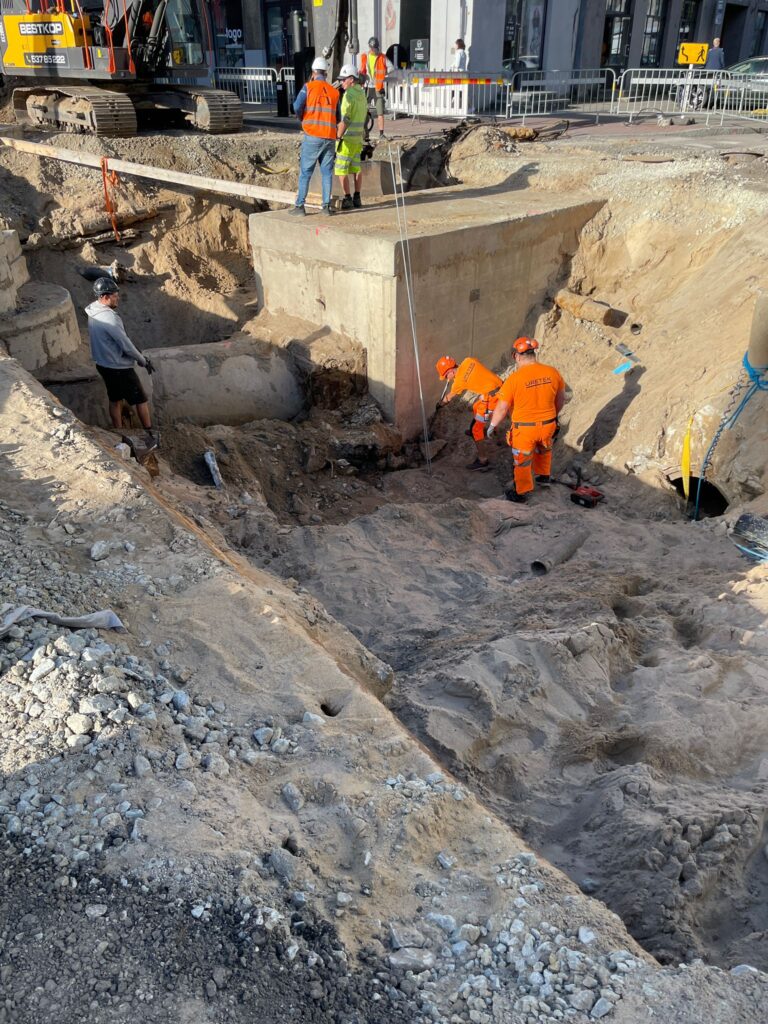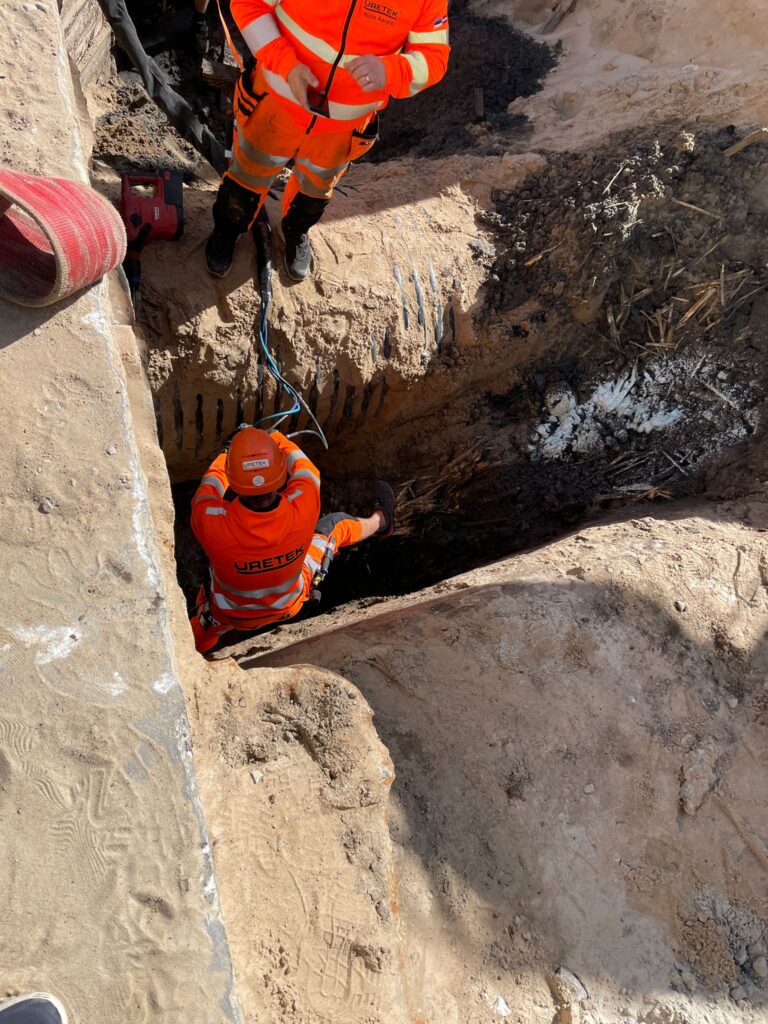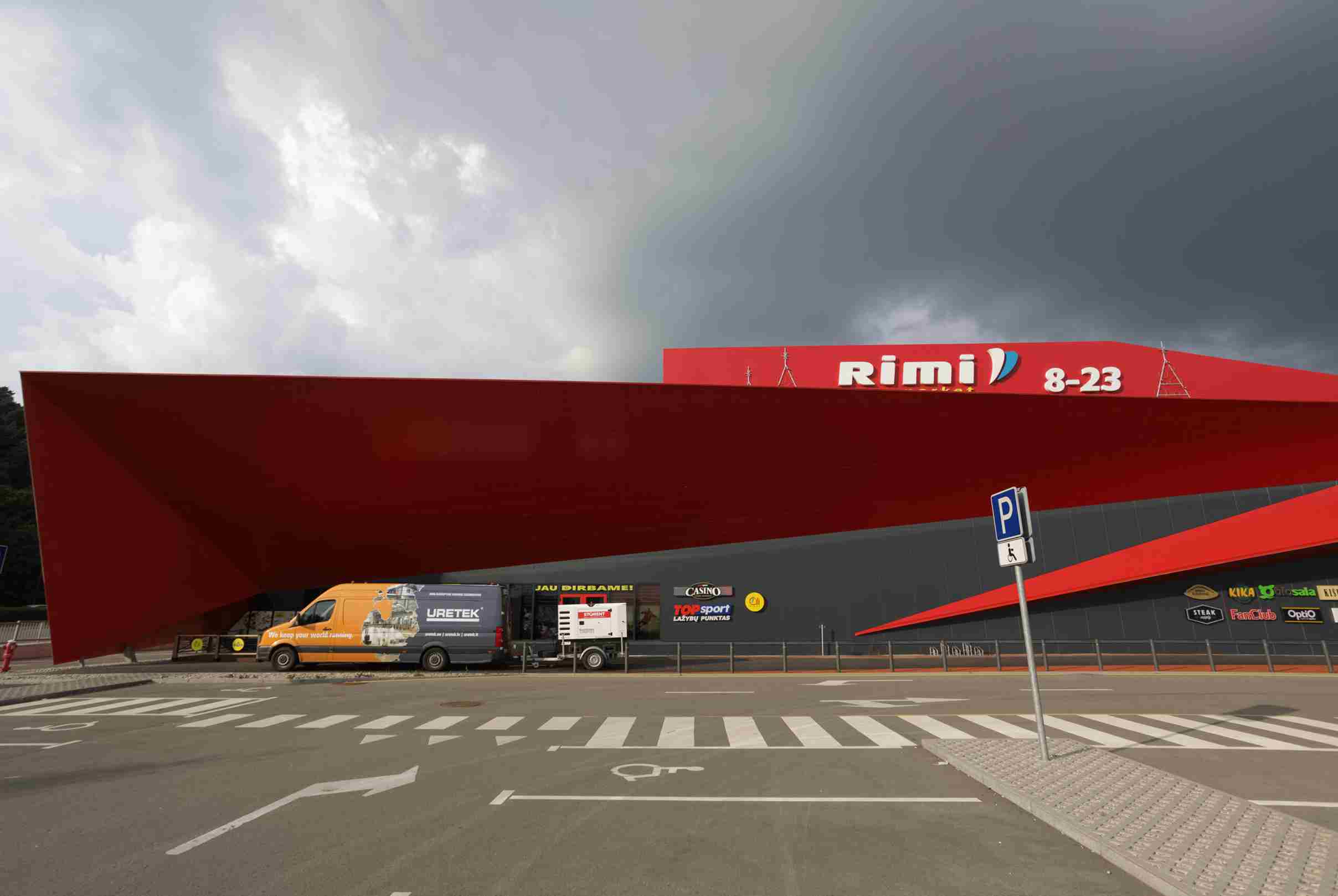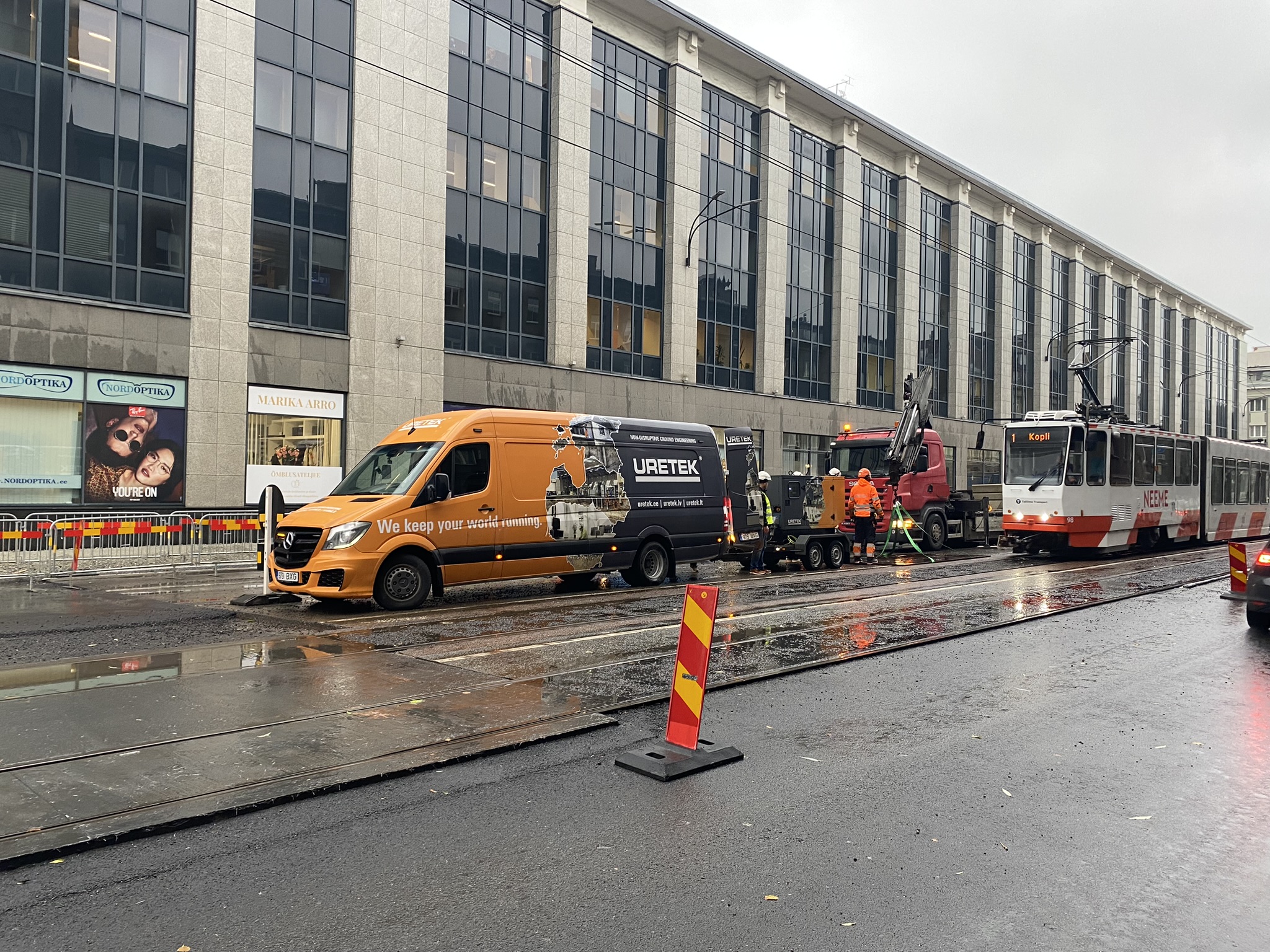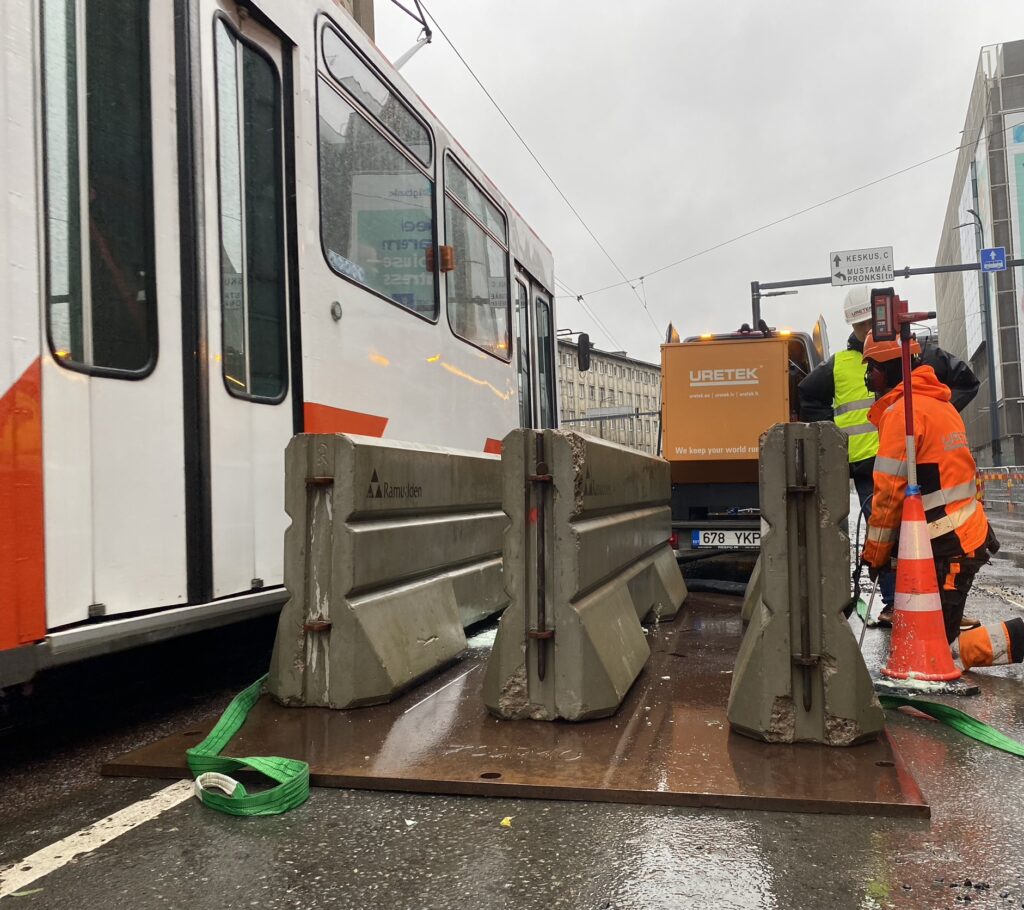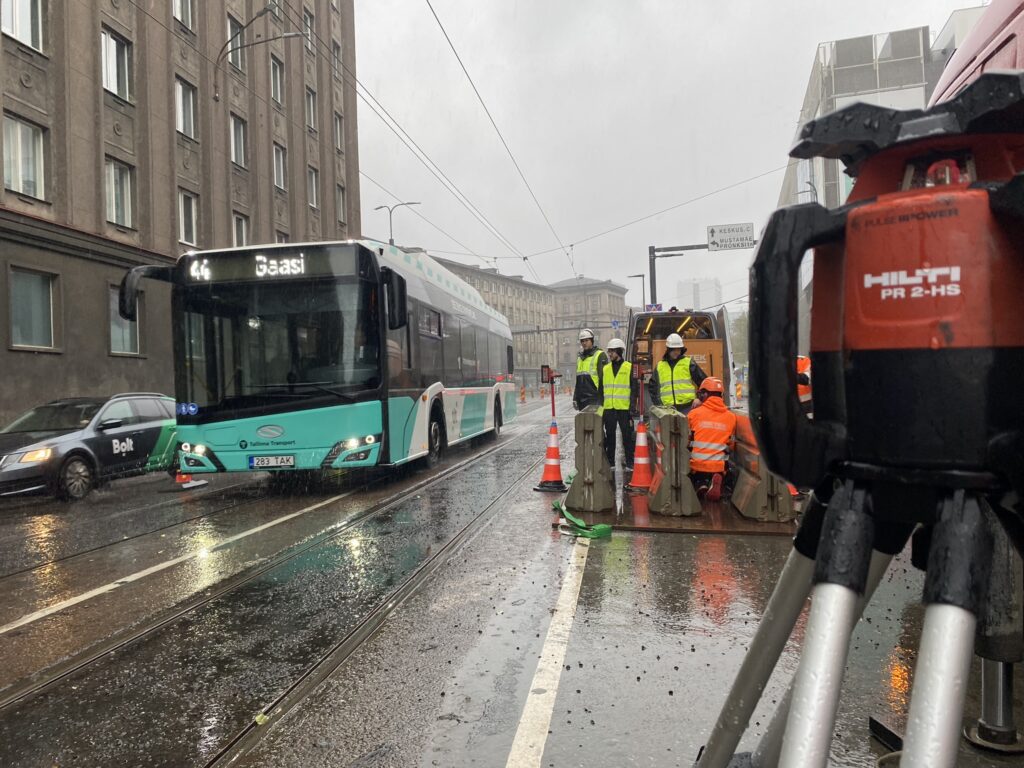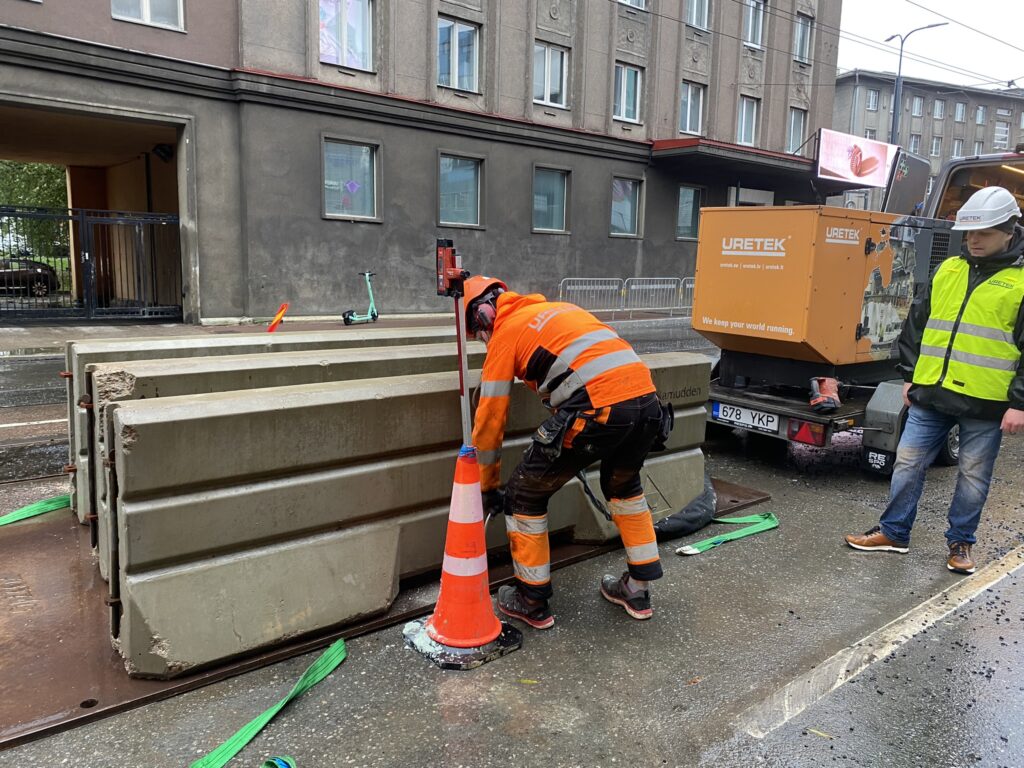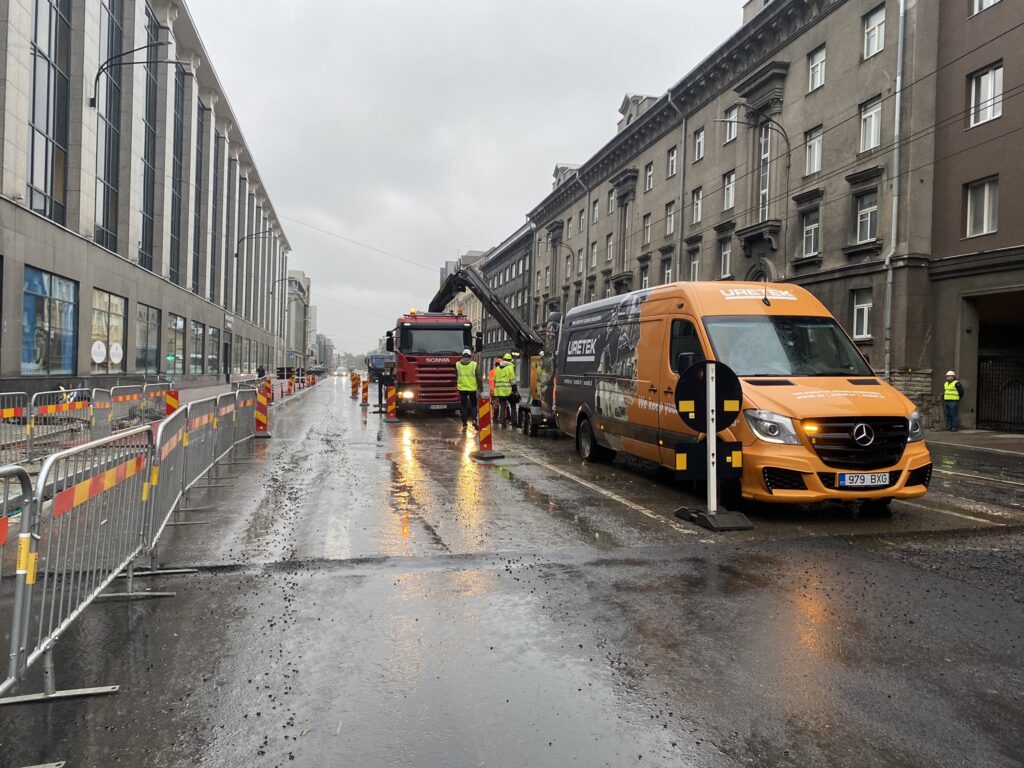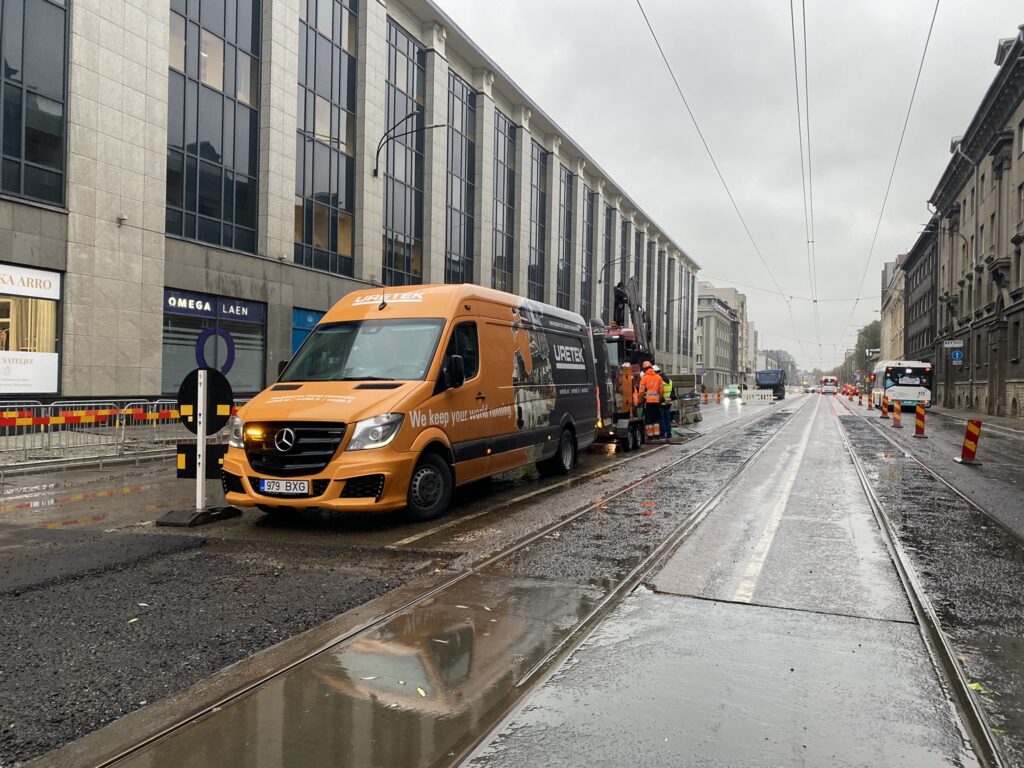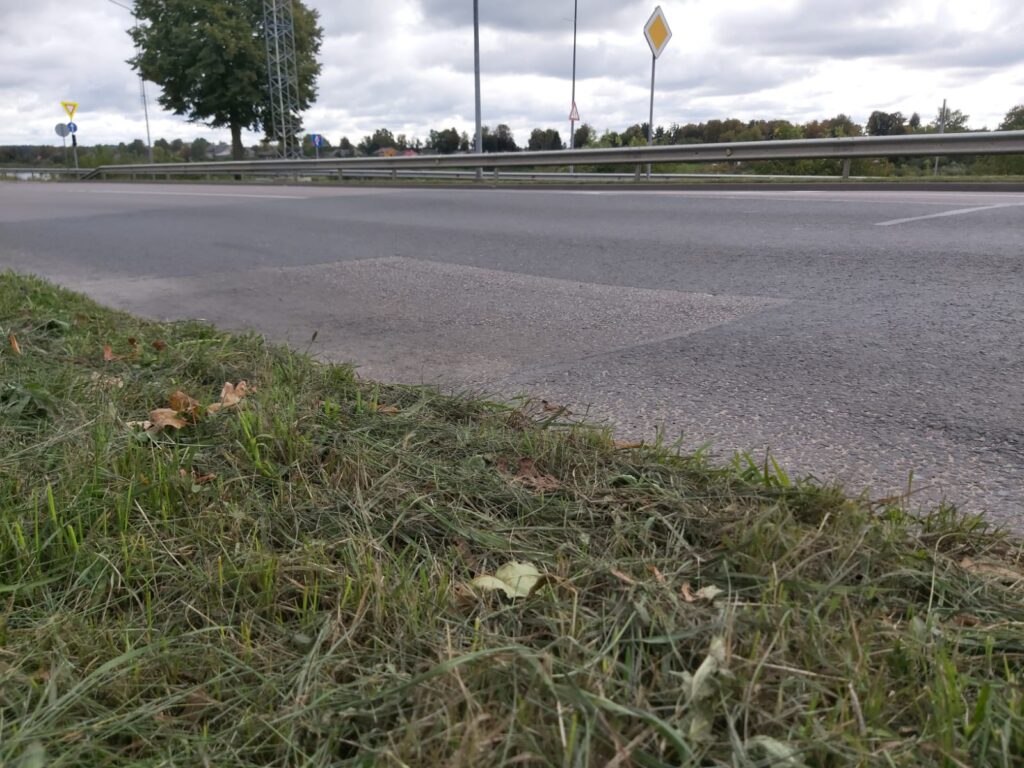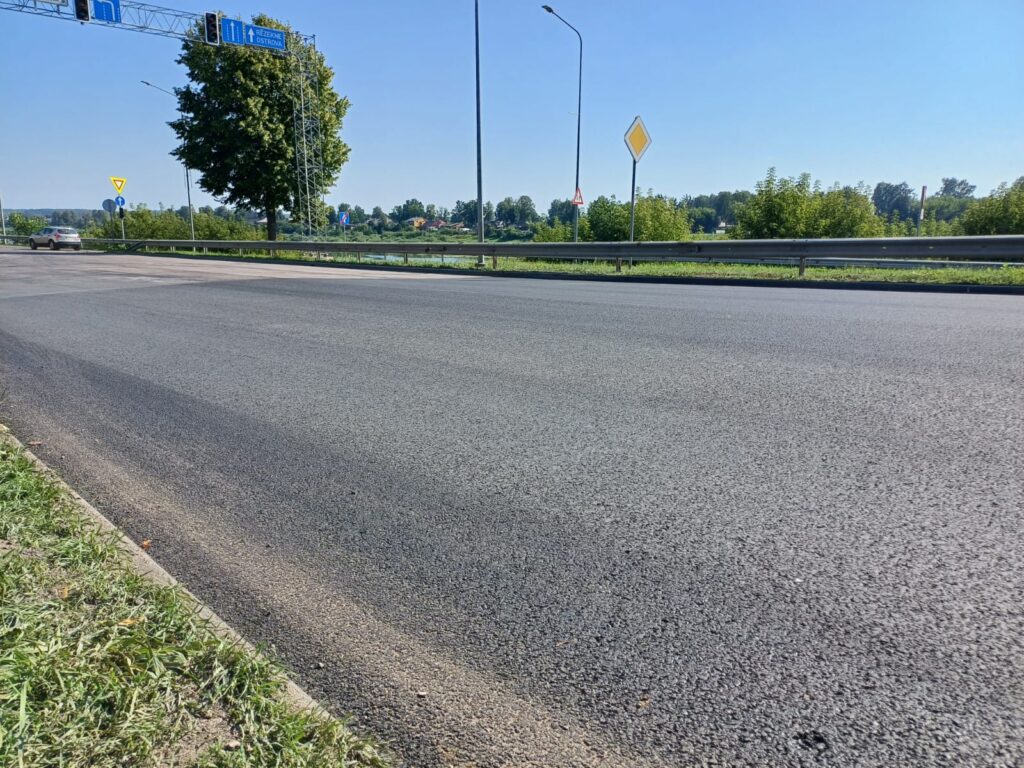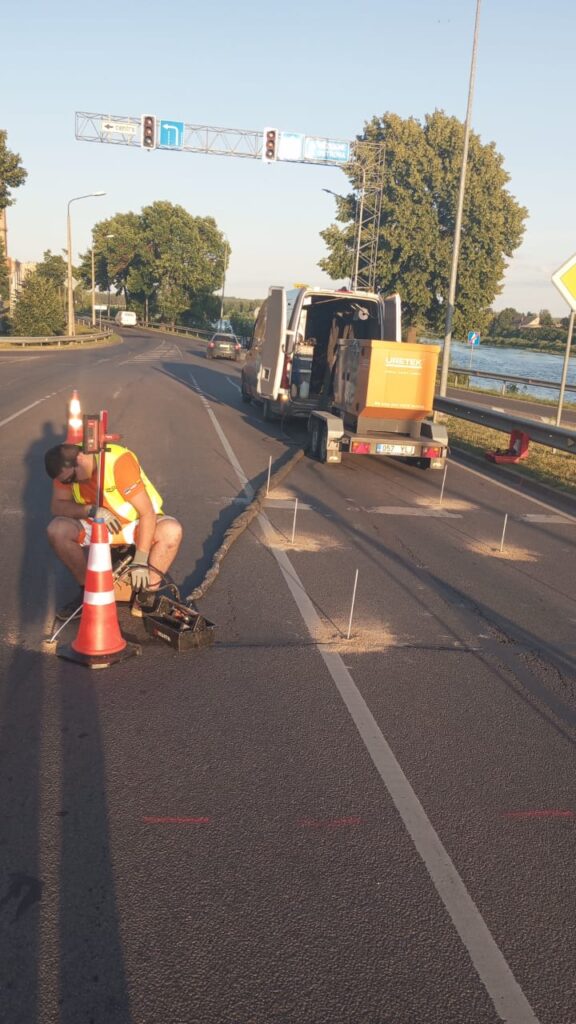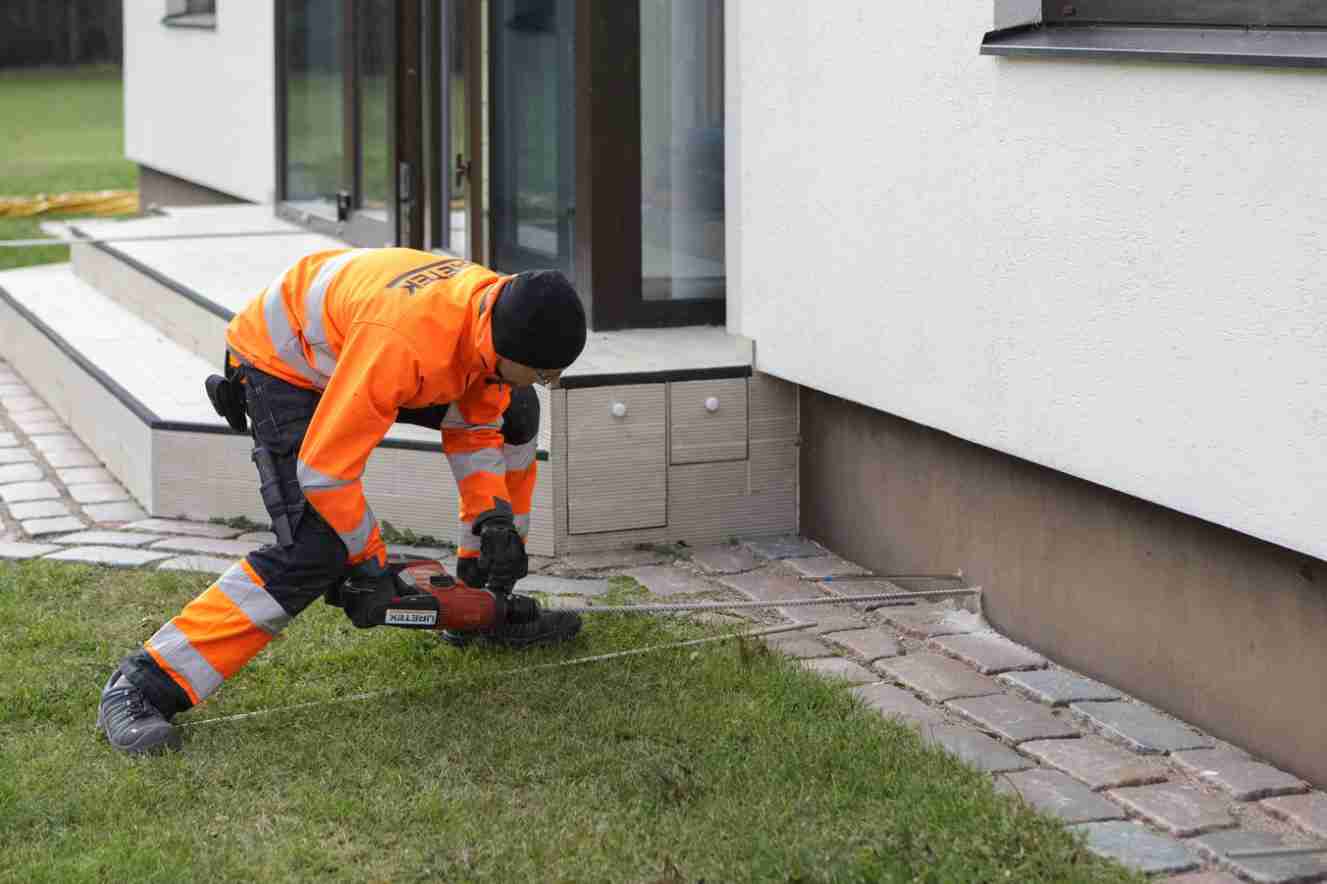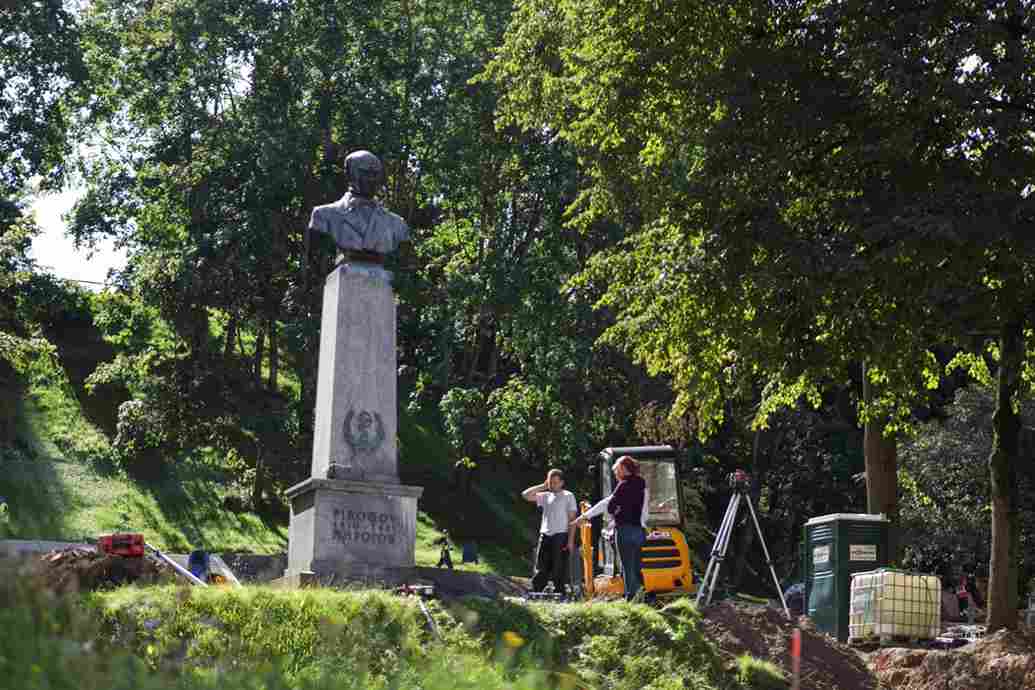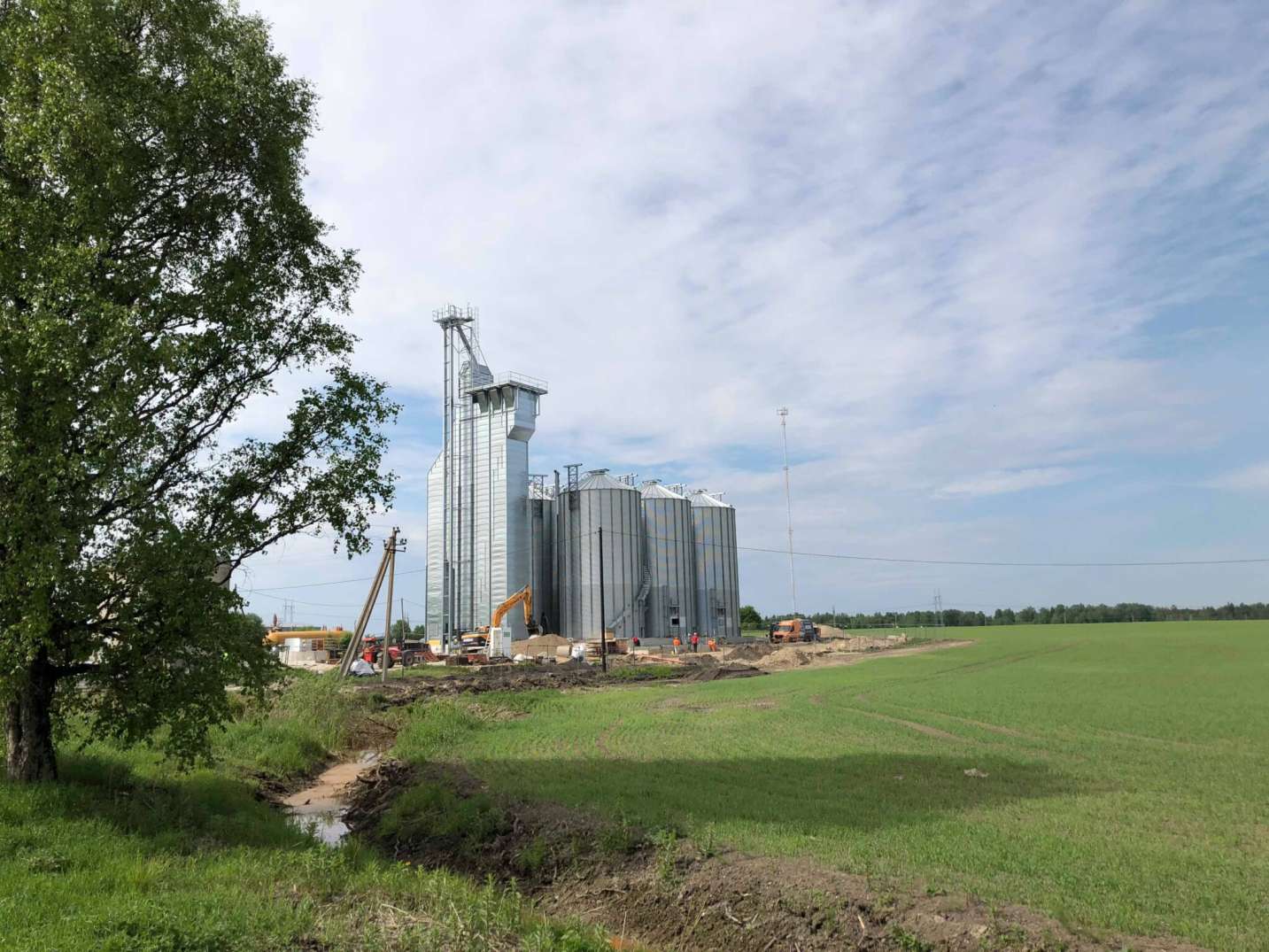soil strengthening
City centre intersection soil stabilization works
Keywords
Subsided concrete floor relevelling and soil stabilization of Rimi shopping center
Keywords
Narva mnt roadway subsoil stabilization, restoration of soil bearing capacity and stopping the subsidence
Keywords
Subsided road section stabilization and restoration of soil bearing capacity
Keywords
Repairing cracks in walls and floors of private houses
Cracks can occur in walls and floor of a house as a result of foundation subsidence due to weakening of subsoil.
In order to eliminate cracks, the reason why they occurred needs to be dealt with first, i.e. strengthen the soil and lift foundation to its designed height. This can be easily done by using URETEK geopolymers injection technology.
Among other things, the condition of a private house depends on the condition of the soil under the building. Foundation exerts pressure on the soil and may therefore gradually sink. The house remains stable as long as subsidence does not exceed permitted limits. If these limits are exceeded and foundation subsidence is uneven, it is necessary to take steps to solve the problem.
In case of foundation subsidence there is a danger of damaging floors, load-bearing and non-load-bearing walls, ceilings and partition walls. These structures may crack, window apertures and doorways may bend, utility lines break, etc. In cases like these, patching cracks in floor and walls is ineffective, because it does not eliminate the reason why they occurred – in many cases it is due to weakening of soil under the structure.
Soil weakening may be caused by irresponsibly performed construction works, e.g. insufficient compaction of soil under the structure. Naturally, there are cases where soil properties are altered because of breakage of water and sewer pipes or underground reservoirs. Weakened soil may also result from changes in surface water level.
Strengthening of soil and stabilisation of foundation
Traditionally, heavy machinery has been used to strengthen the soil under the structure and lift the foundation. Residents had to move out for the time of repairs and extensive earthworks were required to access the foundation. In that case, works performed for strengthening soil and securing foundation take 1–1.5 months.
Now, due to URETEK geopolymers injection method, soil can be strengthened, and foundation lifted with only two to three days. Meanwhile, there is no need for repairs and residents can remain in the building. All works related to geopolymers injection are performed outside the building, around its perimeter or indoors without using heavy machinery.
Geopolymers injection
There are two methods of URETEK geopolymers injection used for eliminating cracks in floors and walls of private houses. Deep Injection method allows lifting the foundation and strengthen the soil at remarkable depth. Meanwhile, Slab Lifting method makes it possible to lift concrete slabs on the ground floor by injecting geopolymer resin directly under the concrete slab, between slab and soil.
After injection, geopolymer resins expand quickly, filling all voids and cavities, strengthening soil and exerting vertical pressure. Resin achieves its final structure and hardens within 15 minutes. If geopolymers are injected in excessively humid soil, they force moisture out and strengthen the soil.
The course of lifting structures and eliminating cracks is monitored by using laser level with only ±1 mm deviation. Injection is performed though technical holes with diameter of 12–16 mm, bored in the concrete floor on the ground floor or in the ground around the building.
Keywords
Restoration of historical monuments
Sites of great historical and cultural value are threatened by natural ageing and going to ruin just like any other structure.
Sites belonging to national and global cultural heritage must be restored or reconstructed to keep structural damage to minimum, be it then repair of walls and floor or lifting and strengthening of foundation. Damage of historical buildings can be minimised by using URETEK geopolymers technology.
Manor buildings and palaces, castles and fortresses, churches and temples, but also many other sites of historical interest age, break down and go to ruin. Condition of walls, roofs and ceilings of the building is affected by constantly alternating external factors: pressure, temperature, humidity and airborne gases.
Equally dangerous are changes in soil on which the site of historical interest has been erected. Thus, weakening of soil under the structure may cause subsidence of ground floor and reduce stability of foundation, which leads to damaging other structural elements of the structure.
Complications related to strengthening soil
Subsidence of foundation and floor of sites of historical interest often causes occurrence of cracks in floor and walls. In that case, simple cosmetic repairs of walls and floor are not enough to improve the situation, because the cause of cracking is not eliminated. Without improving the condition of substrate and lifting foundation or floor, the situation continues to worsen and may ultimately result in complete destruction of architectural monument.
Although sites of historical and cultural interest are generally renovated by using state-of-art technologies and building materials, lifting of floors and strengthening of foundation in these structures is often performed using traditional methods. However, traditional technology along with involvement of heavy machinery and concrete and earthworks may damage the site of historical or cultural interest.
Elimination of cracks in the floor and walls of an architectural monument, as well as strengthening of substrate and lifting of foundation or floor is much more efficient when using URETEK geopolymer resins injection technology. That technology makes it possible to perform works without affecting the historical and cultural value of the site and also reduces the budget for repair and restoration procedures.
Provided technology
There are two URETEK geopolymers injection methods that can be used for strengthening the soil under historical monument and eliminating floor and foundation subsidence – Deep Injection and Slab Lifting. In the first case, geopolymer material intended for strengthening the soil and lifting the foundation is inserted deep into the soil under the structure, in the second case geopolymer is inserted immediately under ground floor.
Geopolymers are injected in soil or under the floor through special pipes with diameter of 12–16 mm, inserted in holes drilled in ground floor or soil around the perimeter of the building. Borehole diameter may be 12–32 mm. No other interventions are required on the site. The equipment for injecting geopolymer resins is compact and mobile. Using it has no effect on the historical or cultural value of the site. Injection holes can be easily eliminated later on.
All procedures performed with URETEK geopolymer resins, be it then strengthening of soil, securing or lifting foundation or floor, do not take long. After injection, geopolymer material expands, filling all cavities in soil and hardens within just 15 minutes, exerting vertical pressure. Lifting of foundation and floor is monitored in real time by using laser level.
Keywords
Strengthening of soil at the shores of natural and artificial waterbodies
URETEK geopolymers stand out for their ability to preserve their properties even in humid environment. Due to their special composition, geopolymers are protected against water. Therefore, geopolymer resins can be used for strengthening the shores of waterbodies.
Water gradually breaks the materials it encounters. Such natural process is called water erosion and that is why special attention should be paid to strengthening soil when erecting buildings near shoreline. This applies also to artificial waterbodies, e.g. ponds-reservoirs and wastewater treatment plants. Accidents resulting from soil erosion or collapsing embankments can be avoided when using URETEK geopolymers injection technology.
Special features of strengthening shores
In many cases, strengthening of soil near waterbodies and securing the shoreline is considered insignificant. Rather frequently only temporary solutions are used to strengthen the shores of waterbodies, e.g. covering eroded area with crushed stone or other filling material.
As a result, failure to reconstruct unsafe section may create a need for regular repairs of shoreline, which also means significant costs. Equally expensive is the traditional method of embankment repairs, which requires using special heavy-duty machinery and earthworks.
Alternative solution for proper strengthening shore-side soil is URETEK geopolymers technology. It does not require using heavy duty vehicles. Geopolymer resins can be injected by using small mobile devices that allow inserting material in soil through drilled holes with diameter of 12–16 mm.
Process of strengthening soil
Washed or eroded sections of shoreline and destroyed embankments (such as stone dykes) are restored by using Deep Injection method. Geopolymers are inserted in soil according to scheme starting from the depth of 1.5 m and deeper. After series of several injections at different depths, a solid waterproof wall is formed in soil.
Geopolymers achieve required strength with only 15 minutes. During that time, they spread across the soil and form a waterproof barrier that resists rather great loads. When exposed to water, geopolymers do not change and preserve their waterproofing properties for a long time.
Geopolymers can be injected not only in the shore-side soil but also directly in the embankment made of stones and rocks. In that case, geopolymers fill the voids between stones and for uniform solid structure.
Ecological safety
Huge advantage of URETEK geopolymer resins consists in their ability to achieve great durability even in excessively moist environment. Meanwhile, geopolymers are ecologically safe and absolutely inert materials that do not endanger ecosystem of the waterbody.

